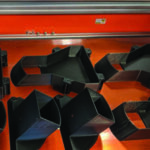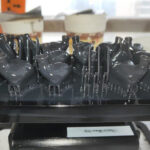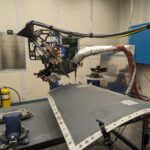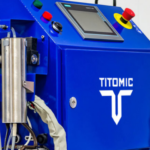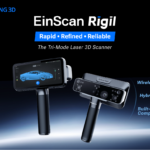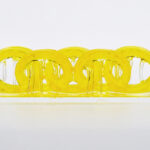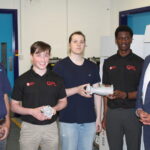A report titled Global Photopolymer Resin Market – Segmented by Form, Application and Geography – Growth, Trends and Forecasts (2018 – 2023) by India-based industry and market research firm, 360 Research Reports predicts the photopolymer resin market to experience a CAGR (compound annual growth rate) of more than 20%, driven mostly by 3D printing.
Material Evolution
The authors note a shift from using acrylates to epoxy-based formulas as they provide more strength and temperature resistance while undergoing less shrinkage and moisture absorption. The shift aligns with the timing of an expansion of use cases for 3D printing, moving beyond prototypes and display models to end-use products and industrial applications.
Growth is occurring heavily in the medical and healthcare segments where customization, rapid production, and complex geometries are in high demand. More biocompatible composites are available than ever before, with more in development. Plastics account for over 70% of the share of 3D printed medical devices, and acrylates are still popular in the segment because of their lower cytotoxicity, but metals are gaining ground. 98% of hearing aids around the world are manufactured using 3D printing.
Market Expansion
Regionally, North America and Europe currently use the most photopolymers, making up two-thirds of the global market share. In terms of growth, the Asia-Pacific region is forecasted to grow the fastest due to substantial government initiatives and investments to further expand 3D printing in the medical fields.
The full report also includes a competitor analysis of some of the largest players in the photopolymers market, such as DSM, Formlabs, Chemence, and Photocentric. As patents for various photopolymer 3D printing technologies have expired over the last few years, developers and engineers have been able to experiment and improve upon the older designs, often leading to new patents like the CLIP (continuous liquid interface production) technology. Industrial applications of photopolymers have been popping up everywhere thanks to faster printing, stronger parts, and standardized workflows that ensure repeatable results.


